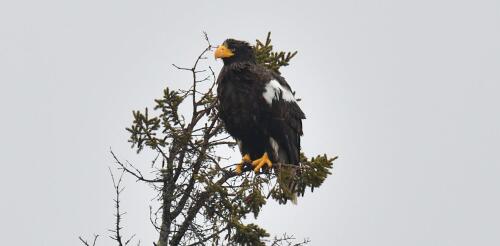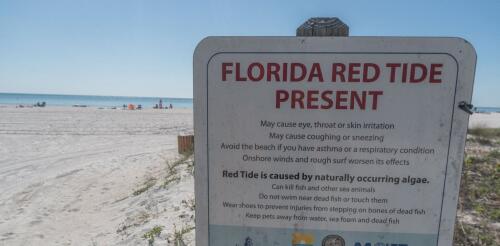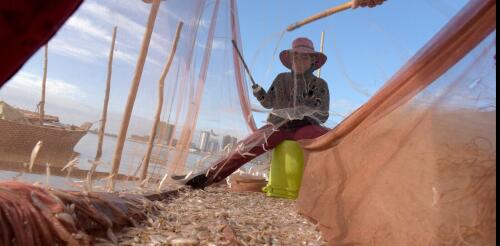Climate change
The Steller’s sea eagle is one of the largest and most aggressive raptors in the world. With an 8-foot wingspan and striking white markings, these birds tower over their bald eagle cousins. Steller’s are sublime, but they aren’t beautiful in the way people often sentimentalize animals. Most adult Steller’s survived by beating their weaker sibling to death in the nest within weeks of birth and were rewarded for their aggression by nurturing parents. No wonder they can fight off brown bears and hunt on the sea ice of the Russian Arctic. Since mid-2020, one individual Steller’s sea eagle has drawn national media attention because of the vast distances it has traveled – from Russia’s Kamchatka Peninsula to Alaska, then to Texas, eastern Canada, New England, and most recently, a reported sighting on May 2, 2023 in Newfoundland – and the extreme lengths to which birders are going to glimpse it. Biologists have learned remarkable th...
Plunging into the ocean or a lake is one of the great joys of summer. But arriving at the beach to find water that’s green, red or brown, and possibly foul-smelling, can instantly spoil the party. As a toxicologist, I study health risks from both synthetic and natural substances. I’ve conducted research into early detection of harmful algal blooms, or HABs, which are an increasing threat to humans, animals and the environment. Toxins produced during these blooms have been implicated in human and animal illnesses in at least 43 states. Scientists have estimated that in the U.S. alone, freshwater HABs cause more than US$4.6 billion in damage yearly. Here’s what to know about them if you’re bound for the water’s edge this summer. Harmful algal blooms have become a regular occurrence along large stretches of Florida’s coast in recent years. Tiny organisms, big impacts Algae and cyanobacteria – often...
Heavy downpours and a thick snowpack in the Western mountains and Upper Midwest have put communities in several states at risk of flooding this spring – or already under water. Flooding is the costliest type of natural disaster in the U.S., responsible for about 90% of the damage from natural disasters each year. It happens almost every day somewhere in the country. Yet, much of the aging infrastructure meant to protect U.S. communities is in bad shape and, in some cases, failing. The American Society of Civil Engineers gave the nation’s dams, levees and stormwater infrastructure a D grade in its latest report card, in 2021. Help is coming. Congress authorized billions of dollars for infrastructure projects under the Infrastructure Investment and Jobs Act in 2021. But there’s a problem: New infrastructure planning frequently relies on historical flood patterns for its benchmarks rather than forecasts of changing risks as the climate warms. We study flood ris...
If you’re feeling the misery of allergy season in your sinuses and throat, you’re probably wondering what nature has in store for you this time – and in the future. Pollen allergies affect over 30% of the global population, making them a significant public health and economic issue as people feel ill and miss work. Our research shows that, as greenhouse gases warm the planet, their effects are driving longer and more intense pollen seasons. To help allergy sufferers manage their symptoms in our changing climate, we’re building better pollen forecasts for the future. As atmospheric scientists, we study how the atmosphere and climate affect trees and plants. In a 2022 study, we found that the U.S. will face up to a 200% increase in total pollen this century if the world continues producing carbon dioxide emissions at a high rate. Pollen season in general will start up to 40 days earlier in the spring and last up to 19 days longer than today under that scen...
Southeast Asia’s Mekong may be the most important river in the world. Known as the “mother of waters,” it is home to the world’s largest inland fishery, and the huge amounts of sediments it transports feed some of the planet’s most fertile farmlands. Tens of millions of people depend on it for their livelihoods. But how valuable is it in monetary terms? Is it possible to put a dollar value on the multitude of ecosystem services it provides, to help keep those services healthy into the future? That’s what my research colleagues and I are trying to figure out, focusing on two countries that hold the river’s most productive areas for fishing and farming: Cambodia and Vietnam. Understanding the value of a river is essential for good management and decision-making, such as where to develop infrastructure and where to protect nature. This is particularly true of the Mekong, which has come under enormous pressure in recent years from overfishi...




